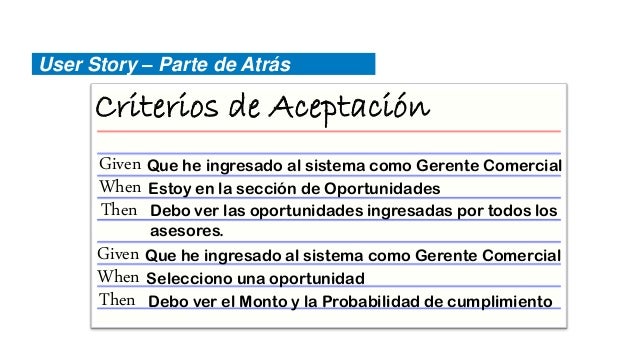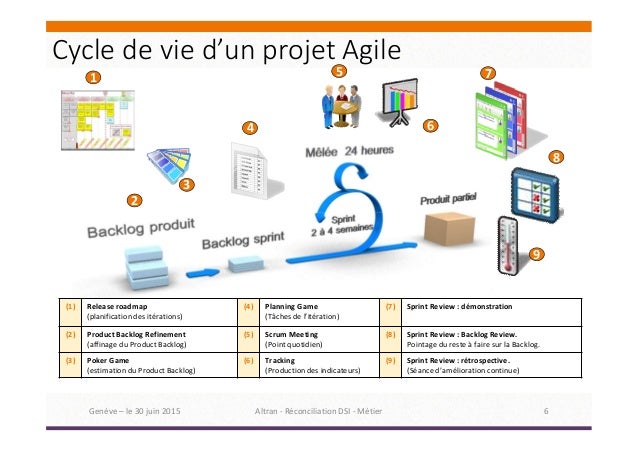Scrum Planning Poker Numbers
Planning Poker (also known as Scrum Poker) is a very popular technique proposed in 2002 by James Grenning. Each player uses a set of cards with Fibonacci sequence numbers on it to estimate the overall effort of a task in Story Points.
Planning Poker procedure
Take in mind that with great popularity came multiple variations of this technique, each team tend to adapt it for their needs. Classic procedure is as follows:
That is usually via a deck of planning poker cards, though you can also use an app on your phone.The numbers are usually Fibonacci numbers, which is a series where each number is the sum of the two previous numbers. A story point is the Fibonacci number assigned to an individual requirement (that is, a user story). Initial, high-level requirements are estimated at the product roadmap level: For scrum teams, the development teams understands that requirements with Fibonacci number estimates from 1.
- The Product Owner provides a short overview of a user story that will be estimated by the team. The team can ask questions. Potential clarifications can influence the initial scope.
- Everyone from the team picks one card from his set (1, 2, 3, 5, 8, 13 …) and lays it face down in front of him.
- When everyone is ready, the team is turning over cards.
- Members with the highest and lowest estimates should justify their votes and discussion continues.
- Repeat steps 2-4 until a consensus is reached.
Mind the fact, that consensus doesn’t necessarily mean that everyone needs to put the same number. The team might just agree to disagree and put the average or largest number as an estimate.
When to use Planning Poker?
Scrum Poker online, free
With a strong focus on the discussion, this approach helps to spread the common knowledge of user stories across the team. So Planning Poker is ideal for Scrum Teams, preferably when it is unknown which developer will deal with the issue.
This method shows high accuracy in estimations.
Scrum Planning Poker Guidelines
What are the disadvantages?
Although Planning Poker deals well with new features it throttles when it comes to unknown or uncertain things such as research or bugs.


Another important factor is that this is rather time-consuming. From my experience estimating one task often takes more than 15 minutes and the bigger team the longer it takes to find the consensus.